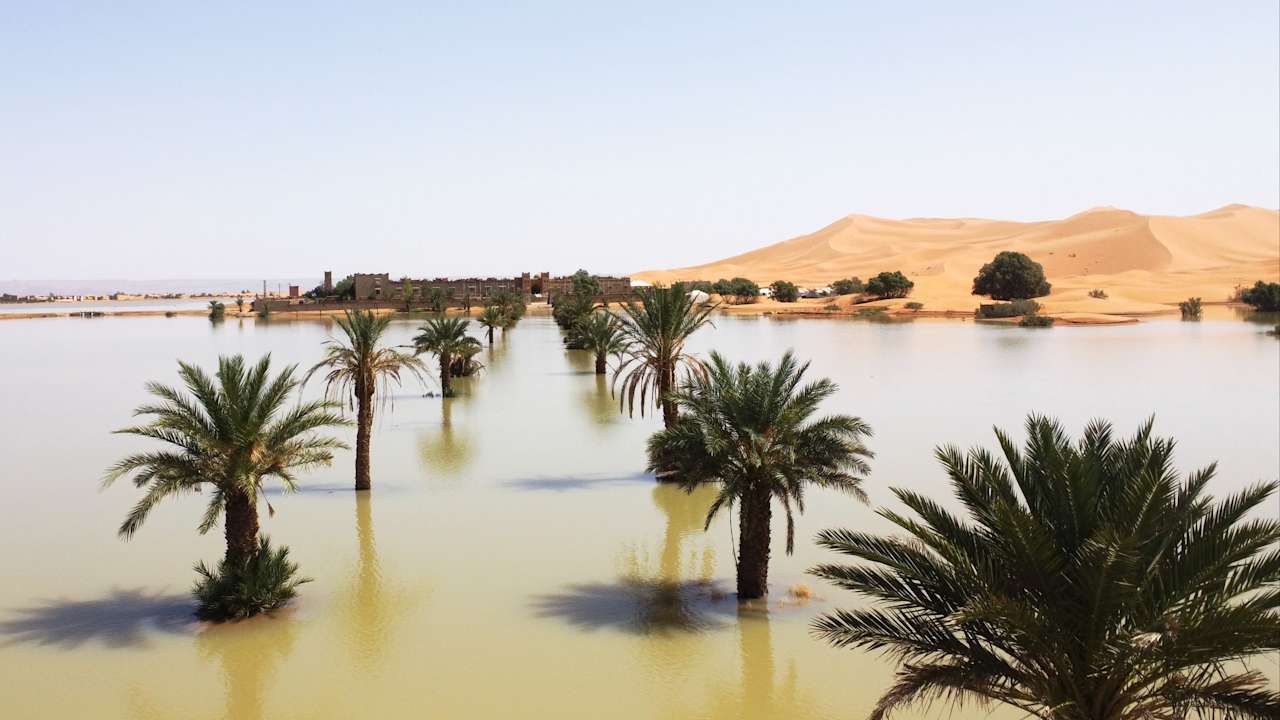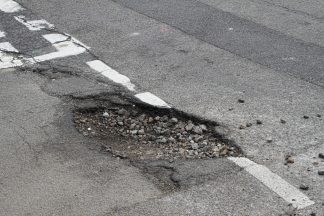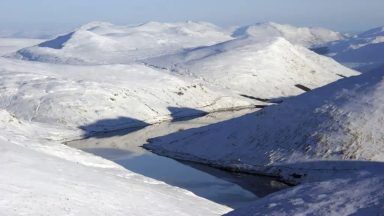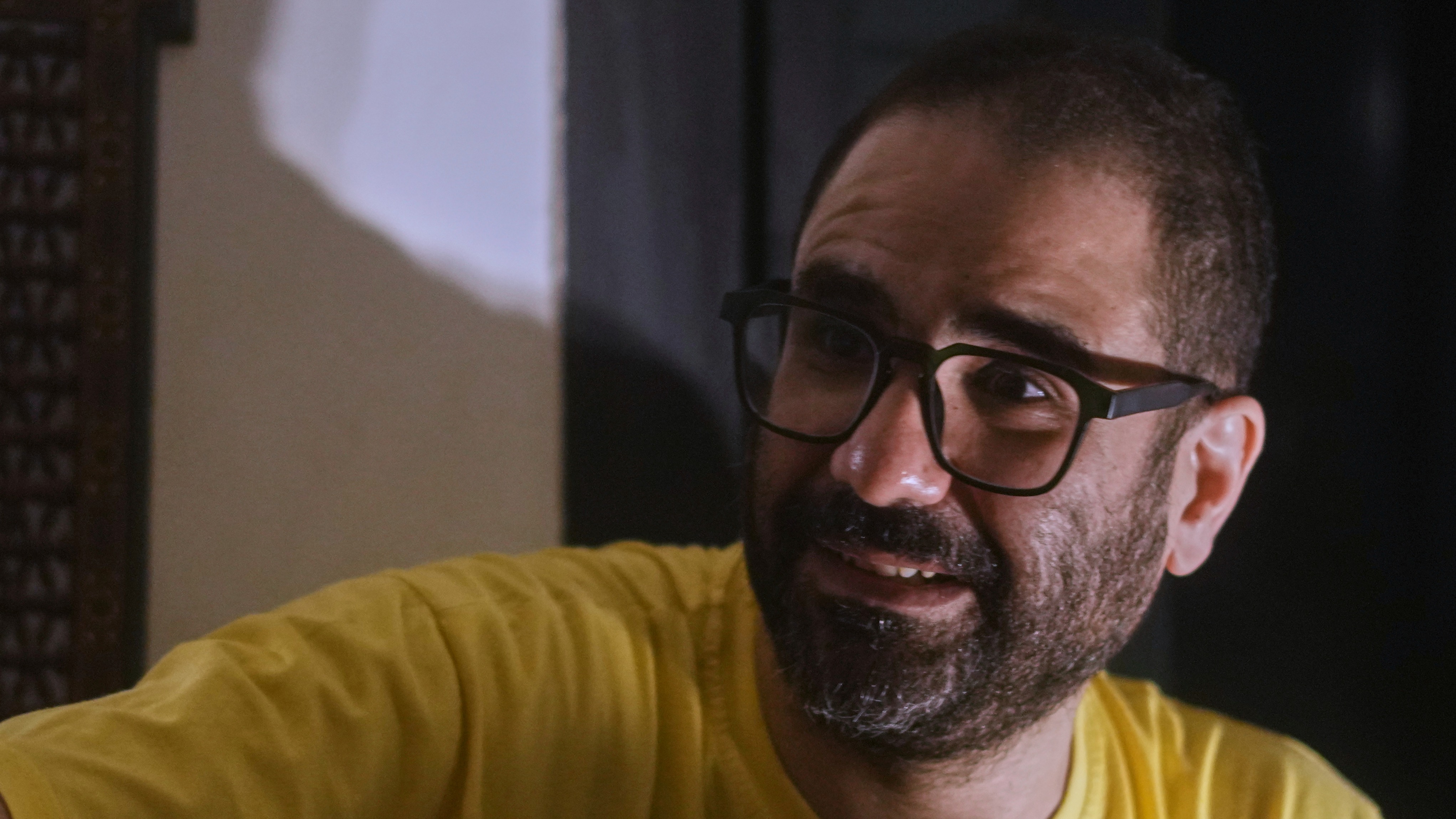Aeriel footage of the aftermath of the deluge in Morocco
Rivers and lagoons have appeared in one of the driest places on Earth, following rare rainfall in the Sahara desert.
Southeastern Morocco’s desert is among the most arid places in the world and rarely experiences rain in late summer.
However, storms provided more rainfall than had been seen in decades, leaving striking images of bountiful water gushing through the Saharan sands amid castles and desert flora.
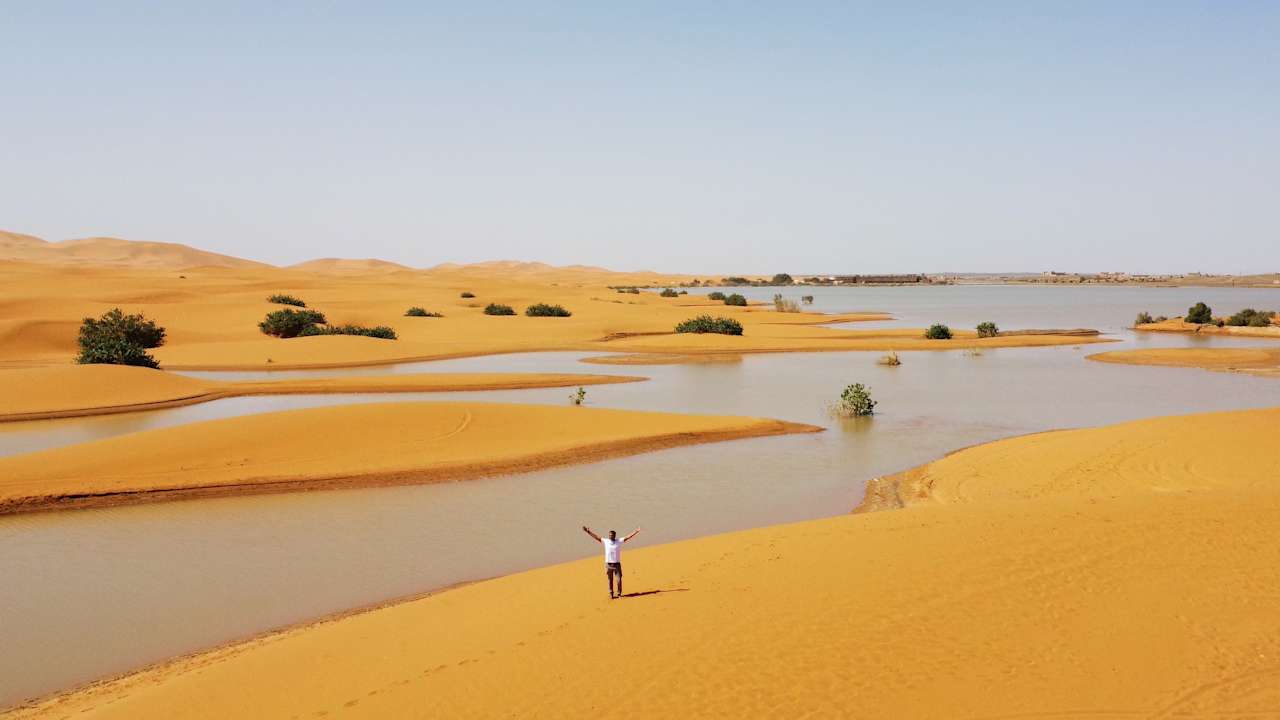
The Moroccan government said two days of rainfall in September had exceeded yearly averages in several areas that get an average of less than 250mm annually, including Tata, one of the areas hit hardest.
“It’s been 30 to 50 years since we’ve had this much rain in such a short space of time,” said Houssine Youabeb of Morocco’s General Directorate of Meteorology.
In Tagounite, a village about 280 miles south of the capital Rabat, more than 100mm was recorded in a 24-hour period.
In desert communities frequented by the many tourists who visit the Sahara, 4×4’s drove through the puddles and residents surveyed the scene in awe.

Six consecutive years of drought have posed challenges for much of Morocco, forcing farmers to leave fields fallow and cities and villages to ration water consumption.
The bounty of rainfall will likely help refill the large groundwater aquifers that lie beneath the desert and are relied upon to supply water in desert communities. The region’s dammed reservoirs reported refilling at record rates throughout September.
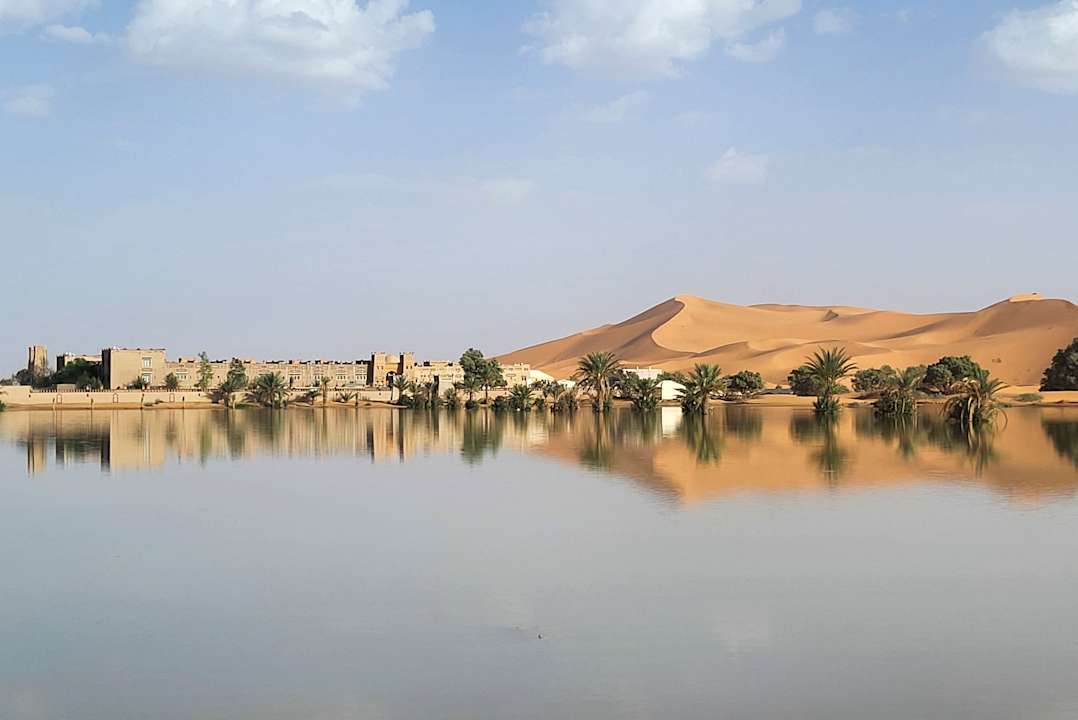
It’s unclear how far September’s rains will go toward alleviating drought.
NASA satellites showed water rushing in to fill Lake Iriqui, a famous lakebed between Zagora and Tata that had been dry for 50 years.
Follow STV News on WhatsApp
Scan the QR code on your mobile device for all the latest news from around the country


